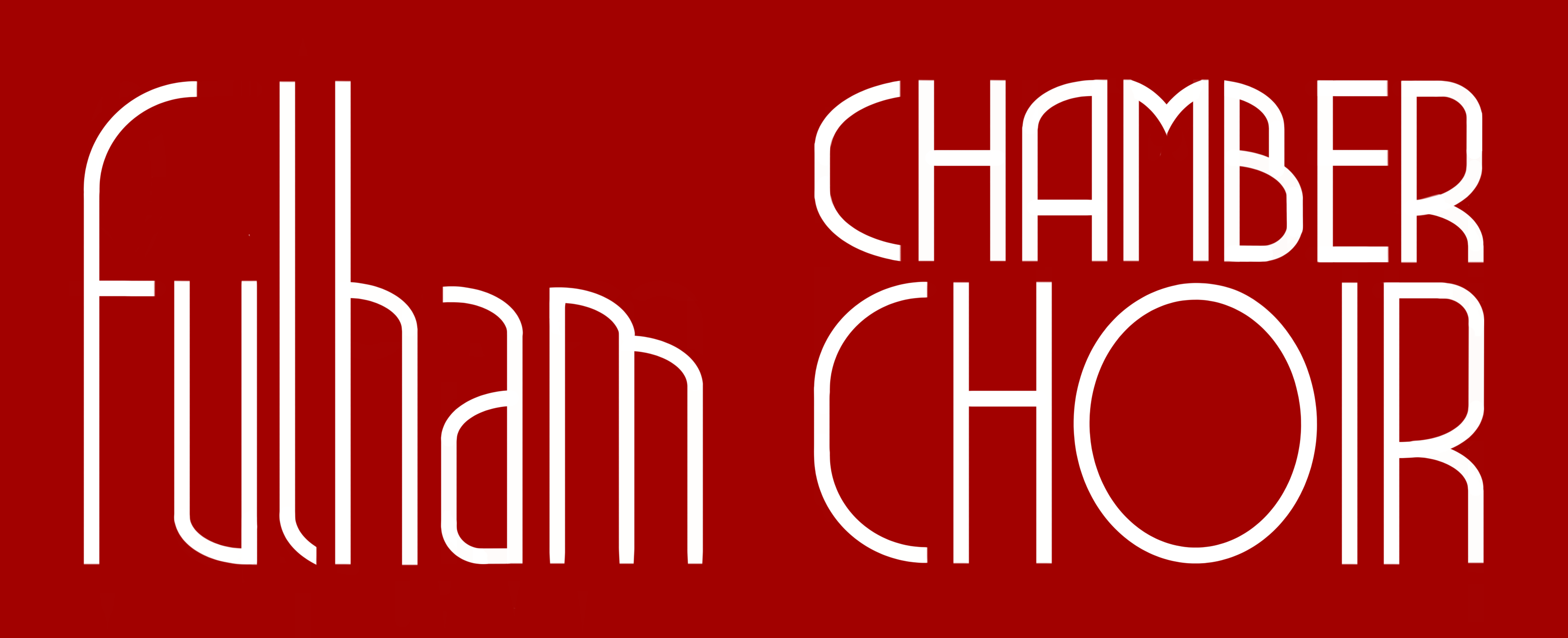Our chosen repertoire
The aim
The Fulham Chamber Choir explores unusual and rarely performed repertoire for mixed choir, from the Late Baroque till contemporaneity. We aim to experience the different vocal techniques required for such an eclectic selection of styles, thanks to the regular support of St John’s choral scholars. Pieces marked ‘SPRING 2024’ will be performed in mid-May.
The pieces for 2022/2023
Antonio Vivaldi Kyrie RV587 and Gloria RV589 (1715-20)
these two pieces embody the opulence of Italian Late Baroque; they showcase different textures, sung by soloists and choirs, that demand flourished vocal agility and continuous organic changes in timbre and dynamics
Giovanni Battista Pergolesi Missa Romana (1734) SPRING 2024
Pergolesi wrote only Kyrie and Gloria to celebrate the solemn mass of Saint Emidius; each vocal part engages in acrobatic phrases which amplify the lyrical style of his celebrated Stabat Mater into a majestic yet elegant piece for double choir
Fanny Mendelssohn-Hensel Oratorium nach den Bildern der Bibel (1831, extracts)
dramatic and melodious, Fanny’s Oratorium is a perfect example of Early-Romantic music; the elegant classicism of the musical lines meets the intensity of the first romantics creating sentimentally charged, memorable moments that stemmed out of the mind of their all-too-long underrated composer
Gioachino Rossini Petite Messe Solennelle (1863, choral extracts)
a perfect mix of operatic light-heartedness and traditional choral singing (petite and solemn at once), this unusual mass defies the boundaries of the genre, offering Rossini’s unique theatrical insight and secular wit
Modest Mussorgsky The Destruction of Sennacherib (1874)
a powerful Russian choral piece which moves at the pace of galloping horse’s hooves, as can be found in Lord Byron’s verses that inspired the music; Mussorgsky employs the choir in muscular harmonies and a strong, rhythmical groove (sung in the English translation)
Antonín Dvořák Mass in D (1892)
majestic and expressive, this mass was originally composed for chamber choir and organ solo (later rearranged for orchestra and symphonic choir); the original version cover a wide range of expressive textures and moods, from intimate to triump
Rebecca Clarke Music, When Soft Voices Die (1907)
a beautifully crafted a cappella setting of a text by Percy Shelley; surprising chords and sudden key shifts agitate familiar harmonies in a striking example of tonal adventurousness in the English pastoral style
Claude Debussy Trois Chansons de Charles d’Orléans (1908)
a humorous set of a cappella songs, inspired by Renaissance polyphony yet unmistakably Debussian; suspended harmonies and modal scales are the musical materials that the composer used to reinvent the concept of the troubadours song by Charles d’Orléans (sung in medieval french)
Igor Stravinsky Mass (1948) SPRING 2024
Stravinsky’s signature melodically minimal primitivism, contrasting with a rich rhythmical complexity, transform the Mass into an unusual ritual; reminiscences of ancient cultures and the allusion to those we have yet to explore let us find new ways of communication
Pauline Oliveros Sound Patterns (1961) SPRING 2024
modernist composer Edgard Varèse famously said that music is “organised sound;” this piece exploits the imitative power of the human voice, reproducing inventive noises and colliding them together in clear musical patterns to create a sound experience of magnetic charm
Ariel Ramirez Navidad Nuestra (1964)
in this set of Christmas songs with Hispanic American characteristics, Ramirez gave to each episode a typical regional voice; captivating rhythms and memorable melodies invite the listener to a journey through the rich heritage of Latin music
Jo Kondo Snow’s Falling (2001)
